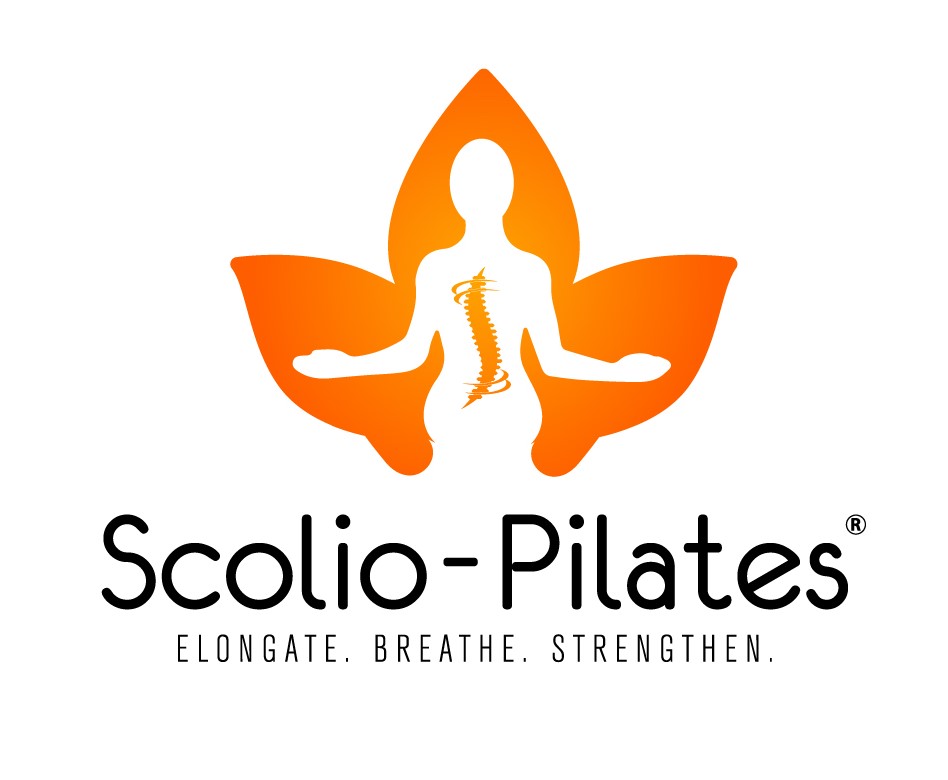Feel yourself inhale. Now let it go slowly. You are in a safe place. 
Feel yourself take another inhale. This time let it go even more slowly… There are ways to feel better.
One more breath in, and let it go very, very slowly. There are solutions to help, starting right now.
Nice work, you. You took the first step towards feeling better. You stopped for a moment to allow your body a moment of ease — with a moment of reassurance that things will get better. Just like this first step, you can continue taking one step at a time towards feeling better. Now keep it up with these 3 steps.
Freedom from Back Pain: First 3 Steps
- Breathe. Repeat the exercise above at least three times a day. If you can’t change your breath, you can’t lower your pain and anxiety.
- Elongate. Imagine yourself as a long ribbon that is dangling from a cloud, that is elongation. It is easy, free, and flowing. There is nothing rigid only a breezy lengthening. Now add the breathing from above. How does that feel? Open, airy, and free. Good, good work.
- Elongate with assistance. It’s time to get the support you need.
This tool, the K-Wedge, works with gravity and eases your spine into length. Your hips are resting on the pelvic plateau to stabilize the base of your spine so the lengthening is focused on the spine, not on the hips and legs. Now breathe. Do you feel how your spine lengthens even more? How it opens up the space between your vertebrae? Ease the stiffness and let go of tension.
Who is using the K-Wedge for Freedom from Back Pain?
Besides helping your own spine, these acclaimed institutions are also using the K-Wedge:
- The Mayo Clinic’s Pain Rehabilitation Center uses the K-Wedge with their back pain patients, but the K-Wedge was originally designed with only you in mind. It is designed for
scoliosis.
- Texas A&M University uses the K-Wedge for their scoliosis athletes and has started using the wedge for all their athletes that need to open up their
spines for better performance and improved strengthening.
- Dayton Children’s Hospital was the first hospital to use the K-Wedges for and to make Scolio-Pilates a part of their scoliosis management plan for all eligible scoliosis patients.
The scoliosis spine has its twists and bends, and yes, breathing and elongation are our first tools. However, elongating to get the maximum length in our spines will need an assistive tool. Why? Because our curves love to fall into our scoliosis pattern — and it’s really not that easy to lengthen up into a more symmetrical pattern. Often, our scoliosis clients, when asked to elongate, will side-bend into their elongation, further encouraging the alignment of their curves. It feels to them like they are stretching straight upwards, but in fact, they are stretching into the very shape they are trying to change.
Lying on your stomach on the firm pillow surface of the K-Wedge will deter the spine from further dropping into its curves while allowing gravity to do the work of elongation. Yes, we want you to be active in your changes, and we want you to strengthen. However, we need to start slower– to regroup. If we allow the body to settle and to relax, the body’s wisdom for finding a centered length will take over; as opposed to our brain’s making a poor decision about where that length should be and then ending up right back in our curve pattern. The next step, once you are settled into your length, use the breathing exercise above.
You can feel better; just like the patients at the Mayo Clinic and Dayton Children’s Hospital. You can be better and get back to the top of your game, just like the athletes at Texas A&M. Take a moment to breathe. Then take the next step. You’ve got this. And we’ve got your back. Please let us know how we can help.
Wishing you great health,
Karena Thek, founder of Scolio-Pilates
Ready for Freedom from Back Pain? Please find the K-Wedge Here



